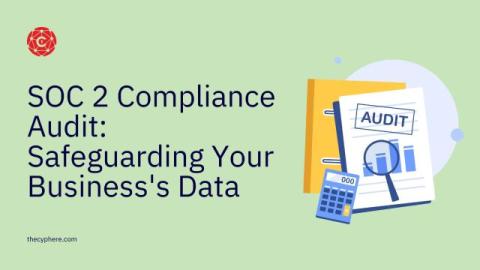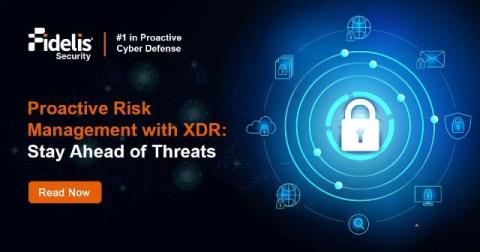Follow-Up: Arctic Wolf Observes Ongoing Exploitation of Critical Palo Alto Networks Vulnerability CVE-2024-0012 Chained with CVE-2024-9474
On November 19, 2024, Arctic Wolf began observing active exploitation of the recently-disclosed CVE-2024-0012 and CVE-2024-9474 vulnerabilities impacting Palo Alto Networks PAN-OS software. When chained together, these vulnerabilities allow an unauthenticated threat actor with network access to the management web interface to gain administrator privileges.










